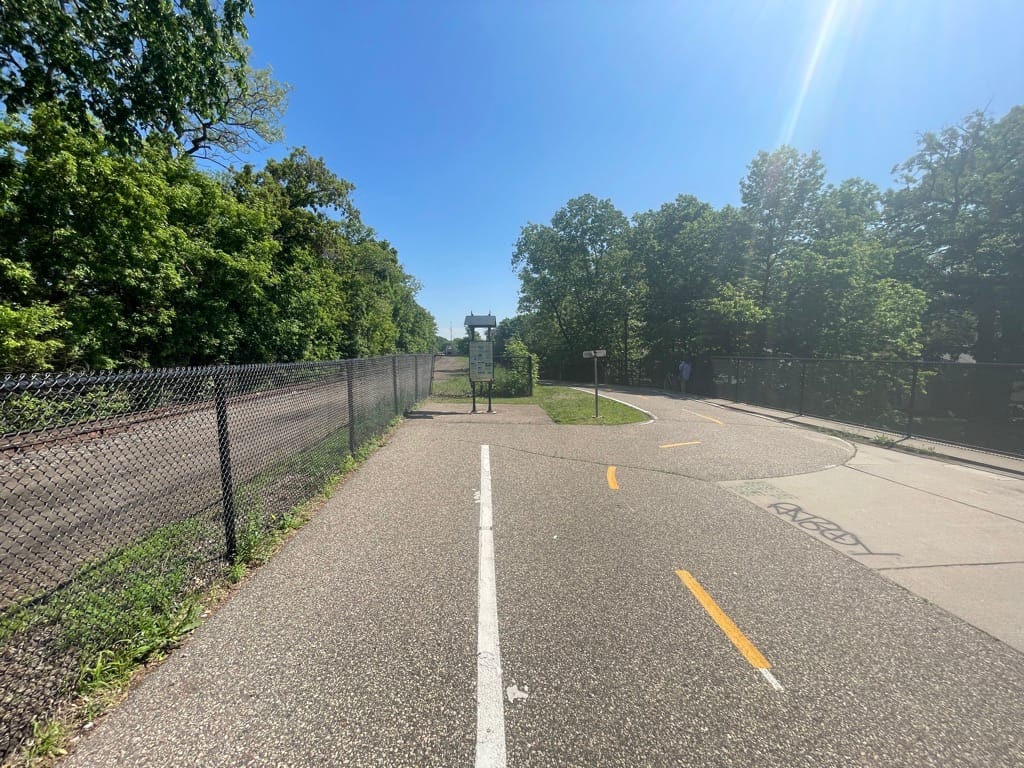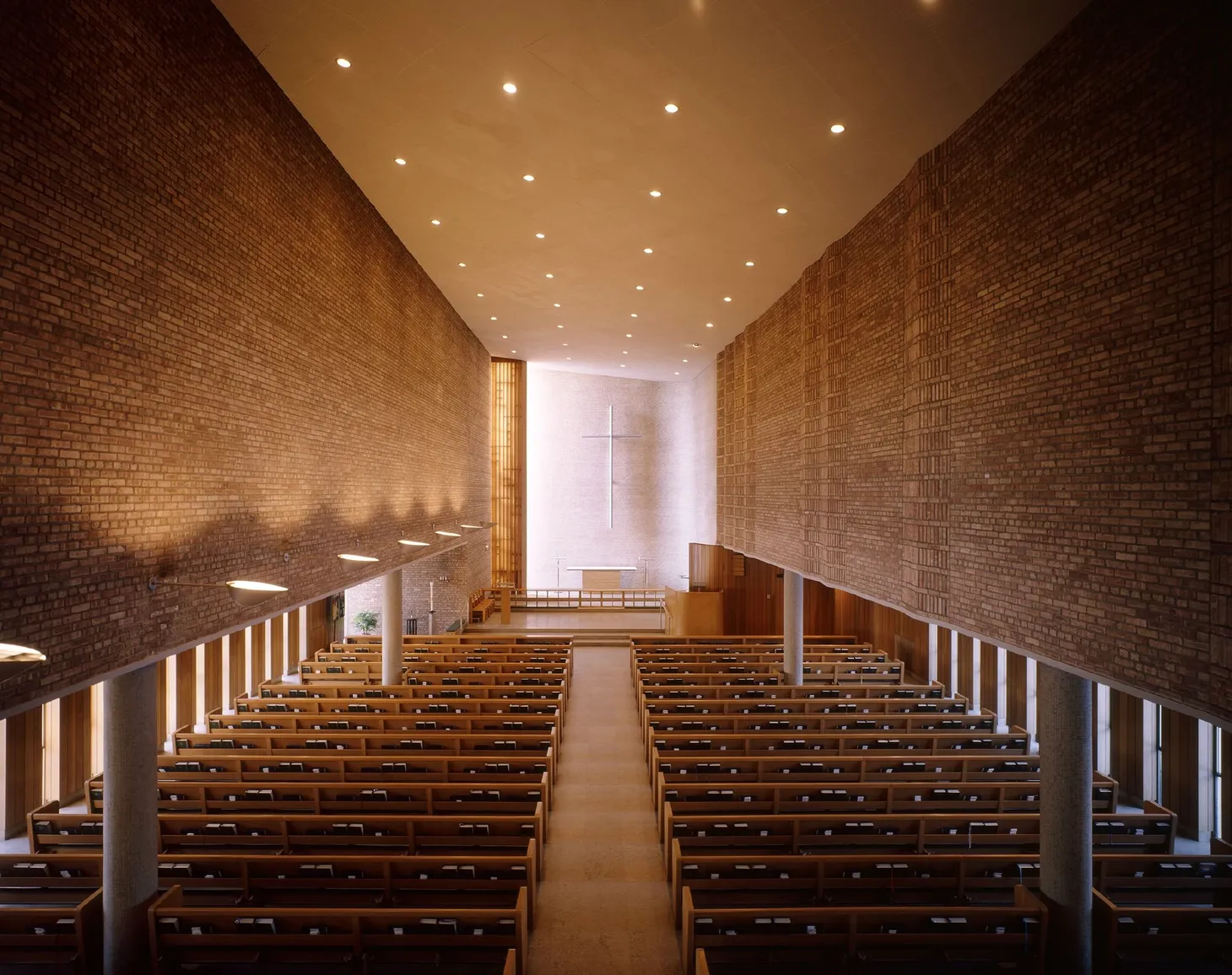🚲 The mounting case for extending the Greenway
Momentum is building to extend the award-winning bikeway into St. Paul.

The Midtown Greenway Coalition recently released a new “case statement” for its vision to extend the nationally-renowned bike path across the river and into St. Paul. It’s part of the group’s mounting push for the idea, which has gained support at the legislature and is currently being studied in more detail by the Metropolitan Council.
That 5.7-mile path, which serves as Longfellow's northern border, currently ends at West River Road. More specifically: It terminates at a plenty-wide train bridge with just one set of tracks, which continues on the other side of the river with the same type of wide right-of-way that the Greenway has been built on. Which has begged the pretty obvious question for legions of trail users: Why not keep the path going across the bridge and alongside the tracks?
The question has been discussed since the inception of the trail, but has gained momentum in recent years as use of the rail line has dwindled and the city’s status as a model for bike infrastructure blossomed.

Background
The Greenway was dreamed up in the mid-90s to make use of what was then a blighted train trench that runs just north of Lake Street across south Minneapolis. It was built in phases: From the lakes to midtown in 2000, to Hiawatha in 2004, and through Longfellow to the river in 2006.
While rail traffic along the rest of the Greenway ceased with the reconstruction of Hiawatha Avenue in the early 2000's, Longfellow’s stretch of the Greenway still runs along an active train line. Though, “active” is a strong word: The rail spur is down to one short, slow-moving train car per day that travels back and forth between the ADM mill, the last remaining mill on Hiawatha, and the St. Paul train yards.
Subscribe to Longfellow Whatever.
Subscribe to Longfellow Whatever for news about the fine-grained details of life in Longfellow. (Frequently asked questions)
SubscribeAlready have an account? Log in


